- 🇩🇪 Deutsch
- 🇬🇧 English
- 🇪🇸 Español
- 🇫🇷 Français
- 🇮🇹 Italiano
- 🇵🇹 Português
- 🇨🇳 中文
50% off all Ciceru tours throughout October!Valid for the entire month of October when purchasing at least 2 tickets.
Get discount code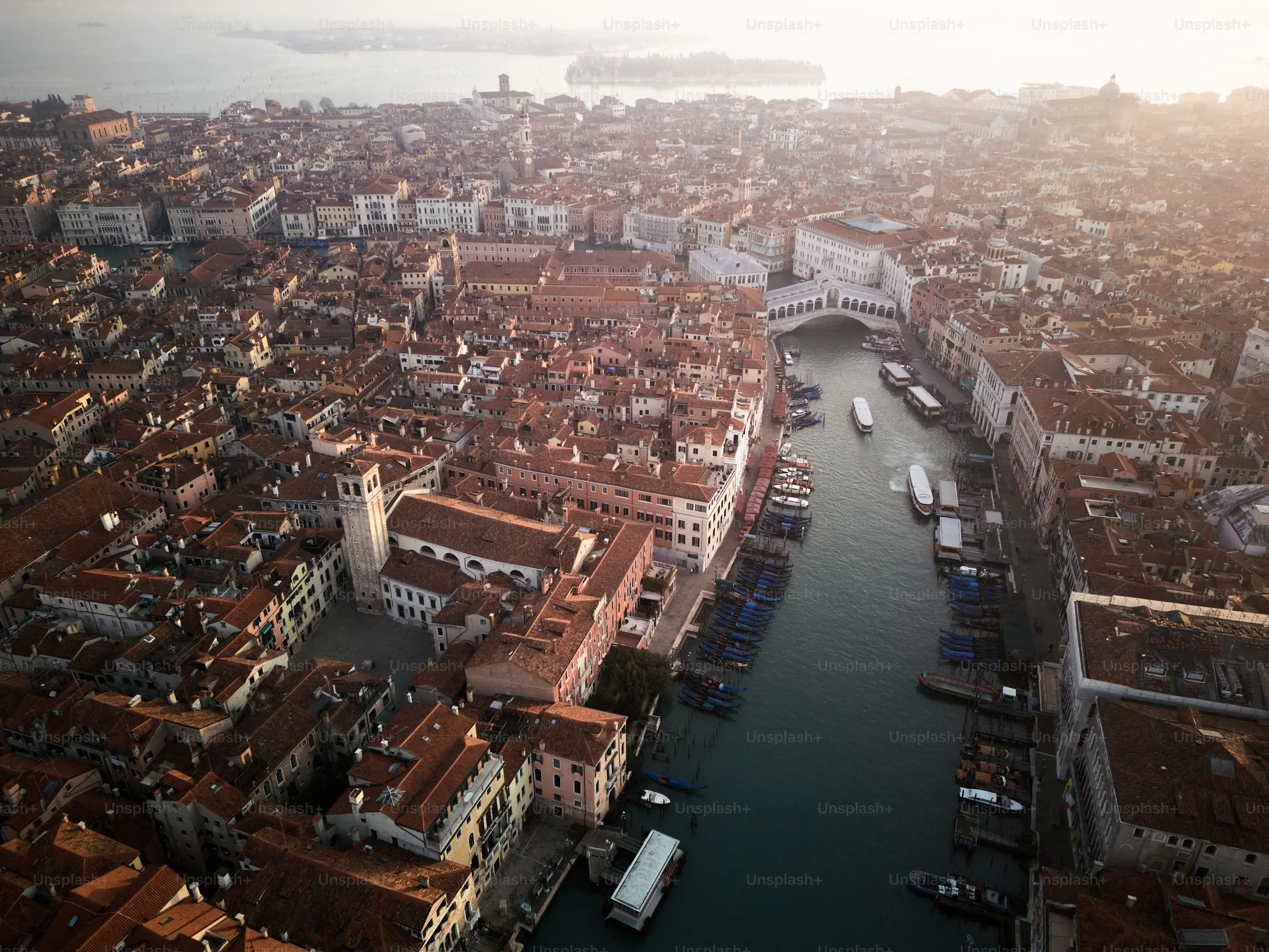
What's Up With All the Lions in Venice?
From Smuggling Saints to a City Full of Winged Beasts
The Great Heist of Alexandria
Smuggling Saints Like It's an Action Movie
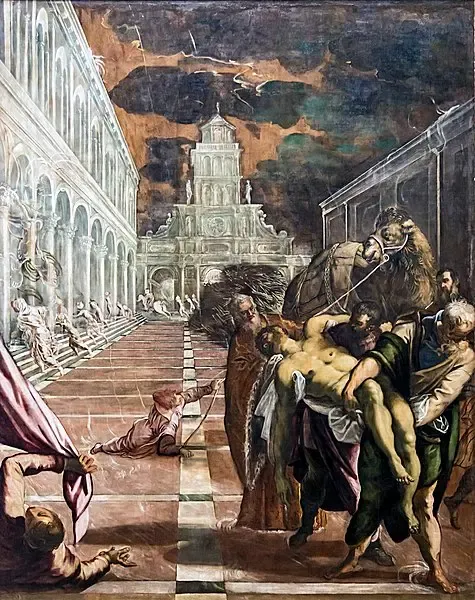
Let’s go back to the year 828 A.D., when a group of bold Venetian merchants embarked on a mission that sounds like something straight out of an action movie. Following the Saracen incursion into Alexandria, they hatched a daring plan to smuggle the remains of St. Mark, the Christian evangelist, back to Venice. According to legend, to sneak the relics past the ever-watchful Muslim inspectors, they hid St. Mark's body beneath layers of pork. Ingenious, right? Pork was a big no-no for the inspectors, so they skipped right over it, and the Venetians sailed away triumphantly with their precious cargo. This wasn’t just an epic adventure; it marked the beginning of a lifelong bond between Venice and St. Mark.
A Sanctuary for a Saint
Turning a Smuggled Relic into Venice's Heartbeat
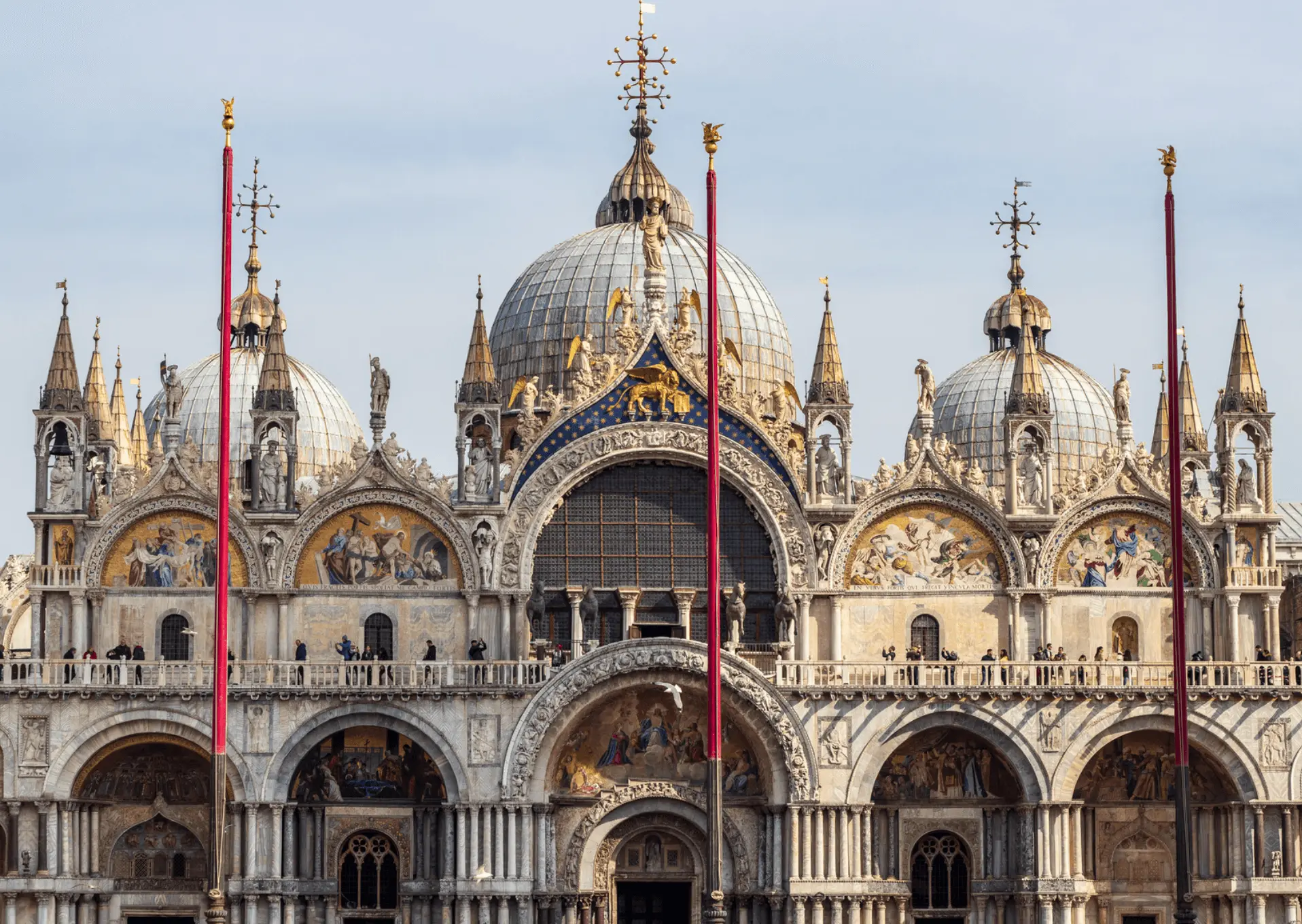
After their victorious return, the Venetians gave St. Mark a VIP spot in the heart of their city. His relics were enshrined in what would become one of Venice's most iconic landmarks: the Basilica of San Marco. From this moment on, Venice wasn’t just any city; it was the city of St. Mark. The Basilica, a stunning piece of Byzantine architecture, became his permanent home, turning into a must-see spot for anyone wanting to dive into Venice's unique blend of history and legend. More than just a place of worship, it became the heart and soul of Venice—a symbol of the city's wit, courage, and deep devotion.
The Lion and the Legend
From Biblical Interpretation to Venice's Favorite Mascot
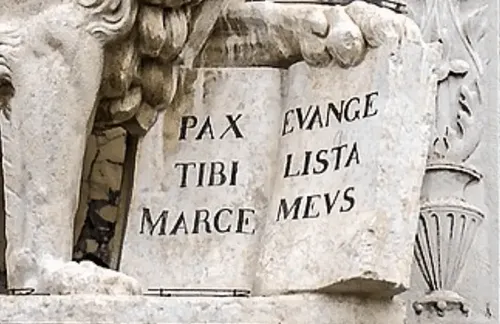
St. Mark's association with the lion comes from interpretations of the Bible rather than the ancient texts themselves. In Christian tradition, the four evangelists were each linked to a symbolic creature: the lion for St. Mark, the eagle for St. John, the bull for St. Luke, and the man for St. Matthew. But what makes Venice's lion stand out? According to legend, as St. Mark passed through the Venetian lagoon, an angel appeared and greeted him with, 'Peace to you, Mark, my Evangelist.' It was a divine hint that Venice would become his final resting place. From then on, the winged lion—often depicted holding a book with this heavenly message—became Venice’s emblem. It wasn’t just a religious figure; it became the city's mascot, appearing everywhere from flags to facades. The Venetians embraced it wholeheartedly, and the winged lion became as much a part of Venice as its canals and gondolas.
Lions, Lions Everywhere
The Winged Roar Heard Across Former Venetian Lands
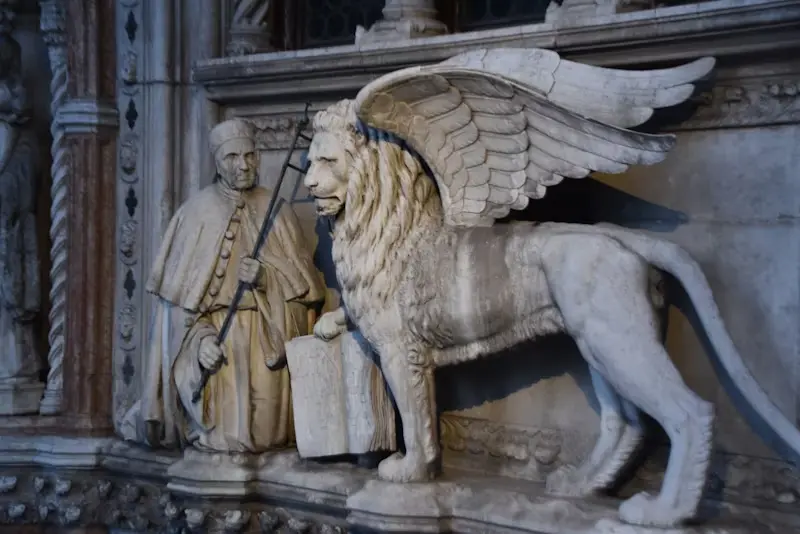
Lions linked to Venice are everywhere, and not just in the city itself. Sure, they’re guarding the entrances of palazzos, perched atop columns, and keeping a watchful eye over the canals. But as the Republic of Venice expanded its influence far and wide, it took the lion with it. In the cities and territories that used to be under Venetian control, these winged lions still proudly stand today. They’re like the ultimate Venetian souvenirs, left behind as reminders of the Republic's power. You might spot them carved into fortress walls, keeping watch over ancient harbors, or even adorning modern city emblems.
Whether you're wandering through a distant European city or exploring a corner of the Mediterranean once touched by Venice, finding a winged lion is like uncovering a piece of Venice’s epic story—of daring merchants, divine encounters, and a city that let its symbol roar across continents.
🍪 We use cookies to enhance your experience on our website. Here's how:
- Essential Cookies: these are necessary for our site to function properly and are always active.
- Optional Cookies: these allow us to monitor and improve our app's performance.
For more information, visit our Cookie Policy.
